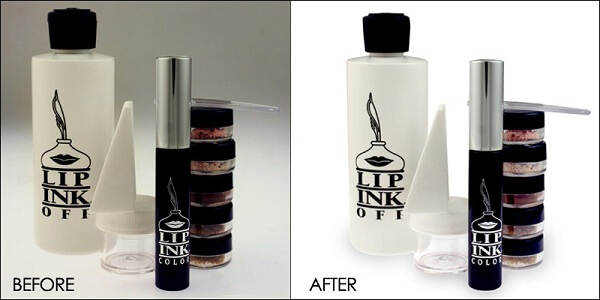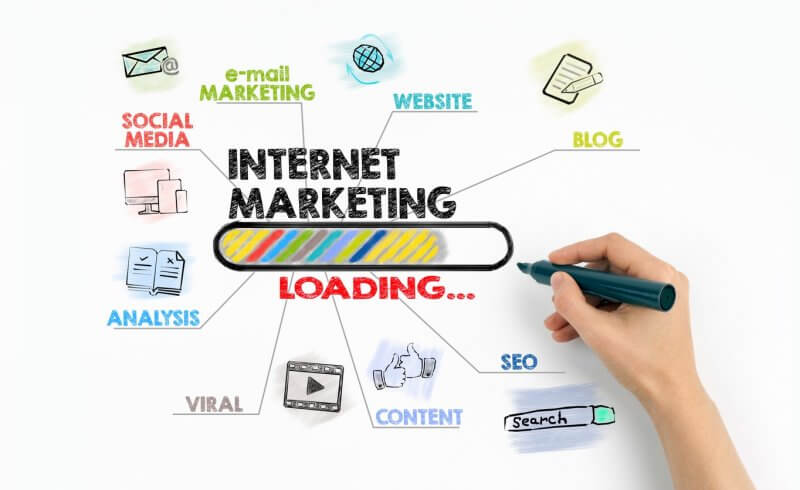Roll-up banner stands have to some degree taken over as the new standard for businesses looking for the best possible value for money when standing expos and marketing events. It’s never been more affordable to put together outstanding popup displays the likes of which are eye-catching, superior in quality and built to last – all without having to invest a small fortune in the process.
However, as is the case with all such pop up stands and banners there’s much to be said for what you do in terms of the banner’s design itself. With limited space to work with and less than a second to grab the attention of your audience, there’s a very careful balancing act that must be pulled off in order to get the most from your banners.

Here’s a quick look at a few tips for making it happen:
1 – Logos At the Top
First of all, if you’re looking for your brand to be a) recognised or b) remembered, it’s a good idea to have your logo or brand name right at the top of the banner. The human eye naturally reads things from top to bottom simply because it’s the way we were taught to do so from an early age, so be sure to have the most important information right there at the top – your brand’s logo.
2 – Left to Right
In the same vein, try to remember that we’re also more inclined to read from left to right…at least in the West…so it’s a good idea to plan and tailor your flow of information accordingly. Rather than just positioning things where you think they look good, think more about the way the eye tends to scan the banners.
3 – Image Selection
Images can and will play a big role in how much attention your banners grab. However, in order to have any kind of impact you need to ensure your images are relevant, unique and of the highest possible quality. Nothing cliché, nothing random and nothing that loses quality or definition when blown up to such a large size. They say a picture speaks a thousand words – get it right and you could be looking at a thousand words in your favour.
4 – Colours
You’re unlikely to get very far with a drab all-beige banner and nor do grayscale banners tend to be very eye-catching. So you’re of course going to want to add some colour, but it’s important to choose colours that are in some way relevant to either your brand, your logo or what it is you do. A case in point example being the way in which a neon pink banner wouldn’t be the best choice if advertising a service engraving tombstones…an extreme example, but one that gets the point across.
5 – Hardware Quality
Over and above most other considerations, you should ensure that the hardware you choose – as in the brand you buy from and the banner itself – is of the utmost quality. You can run yourself ragged trying to create an outstanding banner, but if the quality just isn’t there, you’re wasting your time. Choose a leading band and take a look at a few testimonials, just to make sure.
6 – Printing Quality
The same also goes for the quality of the printing as there’s really very little that looks more unprofessional than a faded, skewed and generally unsightly banner that was clearly printed by amateurs. If it’s worth doing, it’s worth doing right.
7 – Double Up
A highly effective tactic when it comes to grabbing the attention of your target audience is to split what you have to say between two or more banners. You grab their eye with the first and make them want to read on, you direct them to the second and then a third or more if necessary. This way, you can create a vibrant, interesting and information-rich display without having to spend a fortune on larger stands and banners.
8 – Contact Information
Last but not least, you should always ensure that one of the clearest elements of your banners’ content is that of your contact information. The job of your banners will not usually be to convert or convince new customers, but to pique their interests just enough to encourage them to find out more. You need to make this as easy as possible for them to do as if they get the slightest inkling that getting in touch might be tricky, chances are they won’t bother – they’ll just walk away and never come back.

























Find Us on Social Media
A MarTech - Marketing and Technology Blog